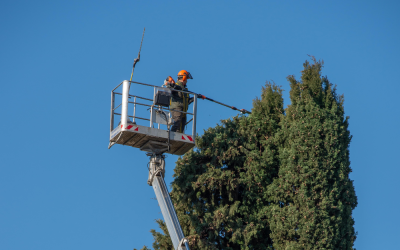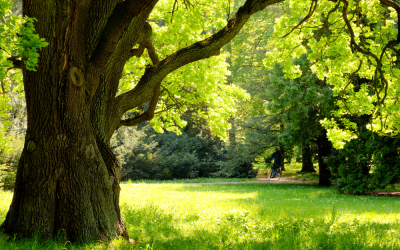Why Prune a Tree?
Trees require care to reach their full potential and remain healthy throughout their lifespan. This is where the art of tree pruning comes in. Pruning isn’t just about aesthetics; it’s a crucial practice that benefits the tree’s health, safety, and even lifespan.
Regular pruning offers a multitude of advantages for both the tree and its surroundings:
Enhanced Tree Health: Pruning removes diseased, dead, or damaged branches. This prevents the spread of disease to healthy parts of the tree and allows the tree to focus its energy on vigorous growth. Improved air circulation within the canopy further discourages the growth of harmful fungi.
Increased Safety: Dead branches are a significant safety hazard. Strong winds or heavy snow can cause them to break and fall, potentially causing property damage or injuring people or pets. Pruning proactively eliminates these risks.
Improved Structure and Growth: Proper pruning techniques encourage the development of a strong branch structure. This helps the tree withstand harsh weather conditions and reduces the likelihood of future problems like major branch breakage. Additionally, strategic pruning can promote the growth of new, healthy branches, shaping the tree’s form and directing its growth in a desired direction.
Boosted Fruit and Flower Production: For fruit-bearing trees and flowering shrubs, pruning stimulates the growth of new shoots and flower buds. This can significantly increase fruit production and enhance the overall flower display.
Enhanced Aesthetics: Pruning allows you to control the size and shape of your tree, maintaining a well-groomed appearance that complements your landscape design.
Pruning Techniques
While the benefits of pruning are undeniable, it’s crucial to remember that improper techniques can harm the tree.
Here are some key things to keep in mind:
Timing is Crucial: The ideal time to prune varies depending on the tree species and purpose of pruning. Generally, late winter or early spring, when the tree is still dormant, is the recommended time frame. Do it at the wrong time may damage the growth of the tree.
Targeted Cuts: Focus on removing specific branches rather than haphazardly cutting throughout the canopy.
Clean Cuts: Always use sharp, sterilized pruning tools to make clean cuts that heal quickly and minimize the risk of infection.
Know Your Limits: Extensive pruning or pruning large branches should be left to certified tree surgeons who possess the expertise and equipment to handle the job safely and effectively.
DIY Pruning Tips for Smaller Trees
For smaller trees and routine maintenance, here are some basic tips for safe and effective pruning:
Start Small: Begin by removing only a few branches at a time, never exceeding 25% of the total canopy.
Identify the Right Branches: Target dead, diseased, crowded, or branches rubbing against each other.
The Proper Cut: Always cut just above a bud or outward-facing branch, angled away from the bud.
Thinning vs. Heading Cuts: Thinning cuts remove entire branches back to their point of origin, while heading cuts shorten the length of a branch. Generally, thinning cuts are preferred for mature trees.
Seeking Professional Tree Surgeon Help
Remember, when dealing with larger trees, significant branch removal, or any situation where you feel unsure, it’s always best to consult a certified arborist. They possess the proper training, knowledge, and equipment to ensure the job is done safely and effectively, maximizing the benefits of pruning for your tree.
Contact Elmhouse Tree Services for a free quote.
Investing in a Thriving Future
Tree pruning is an investment in the health, safety, and beauty of your trees. By understanding the importance of proper pruning techniques and seeking professional help when needed, you can ensure your trees flourish for generations to come. Remember, a well-maintained tree is not only a valuable asset to your property but also contributes significantly to the health of our overall environment.



